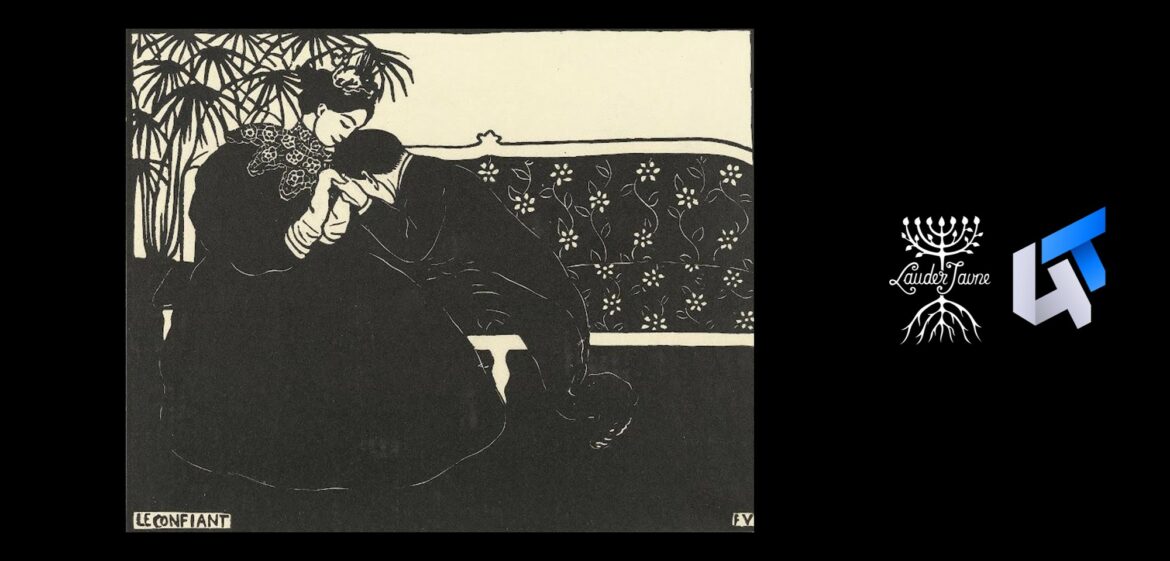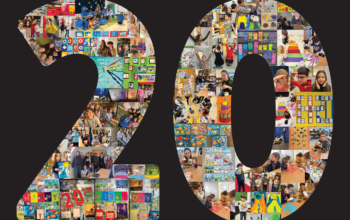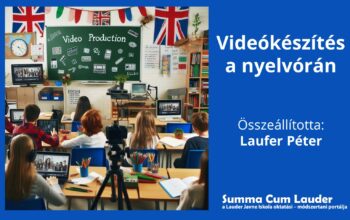Detailed course outlines from Hanna Sárdi – Elective modules
Edited by Suzie Noe
Years taught: 10th (11th in the past). Not advised for students under 16.
Objective: To introduce students to the concept of confessional art and behaviours towards confessions throughout the past to contemporary days. The module concludes with each student creating their own creative project (details not included here).
Subject areas: literature, art history, history, philosophy
Key skills: communication, reading comprehension, critical thinking, close analysis, creativity
Length: 8- 25 weeks. (note: Not all topics are covered each year, I have considerably expanded the curriculum this year because it ran all year, not just for one trimester)
Language level: C1
Topics covered:
- Introduction: Legal, religious and literary associations. Introduction to identifying confessional texts. History of sin and confession in the middle ages (Lateran Council), iconology of cardinal sins.
- Rousseau and the invention of the autobiography. Introducing key concepts of Rousseau’s philosophy and attitude towards education through two extracts: ‘The ribbon incident ‘ and the ‘comb incident’ from Confessions. focus on Rousseau’s relationship with guilt and childhood.
- The reinvention of self: comparison of Sylvia Plath’s Lady Lazarus and Taylor Swift’s song and music video Look What You Made Me Do. Introduction to the idea of taboo. A comparative analysis of the themes of the reinvention of self, death and rebirth in the two pieces. Students carry out close analysis of written text as well as visual media as they are introduced to a “classical” confessional poet and the genre’s presence in popular culture.
- Confession in the visual arts. An overview of self-portraits in art history, using examples from Van Gogh, Frida Kahlo, among others. Discussion on self portraits vs. modern “selfies” on social media. A close examination of Sophie Calle’s exhibition: Take Care of Yourself. Students are invited to respond to Calle’s original prompt and respond to her email, with no context. Looking at collective art as a form of confession. Then, close examination of the work of contemporary british artist Tracey Emin, focusing on Everyone I Have Ever Slept With and My Bed. Students are invited to design their own gallery space/art piece focusing on the topicof loss of friendship/relationship. The aim here is to make students aware of exhibition space and broaden their focus from canvas to room in art.
- Shame and Guilt: Introduction to Michel Foucault. A closer look at the definition and difference between the two words. Students are invited to reflect on the societal power dynamics created by the reinforcement of shame and guilt. Students read extracts from Michel Foucault’s History of Sexuality. This is a more discussion-based part of the curriculum that introduces teenagers to Foucault’s theory. Students are invited to look at examples of confessions posted on social media by celebrities, influencers, and everyday people.
- Identity politics: Defining the meaning of “identity” and “ politics”. Introducing students to key concepts of intersectionality, performativity, activism, oppression. Historical overview of human rights movements and protests in the US: Combahee River Collective, Stonewall riots with discussion of Black Lives Matter, Pride, and protests of the present day. Looking at Coal by Audre Lorde as a combination of political and confessional poetry.
- Performance poetry: Brief introduction of Slam poetry through historical context of beatniks and the Harlem Renaissance Students watch recordings of slam poetry and discuss the effects of performance art. Discussion on the audience’s role in confession, authenticity, and social taboos.
- “Bad” Poetry: an overview of the works of Rupi Kaurr and others, and the phenomenom of “instagram poetry”. Students are invited to write their own purposefully bad poem. A discussion on poetic devices (metaphor, simile, enjambment, metre, etc) and what makes poetry “good” or “bad”. Students are given examples of modern and contemporary confessional poems and identify literary devices in their work to then workshop their own poems and rewrite them. Poets mentioned among others: Anne Sexton, Warsan Shire, Sharon Olds, Audre Lorde
Photo credit: The confession (le confiant) – van gogh museum. Félix Vallotton – The Confession (Le confiant) – Van Gogh Museum. (n.d.). https://www.vangoghmuseum.nl/en/prints/collection/p1494V2000?v=1




